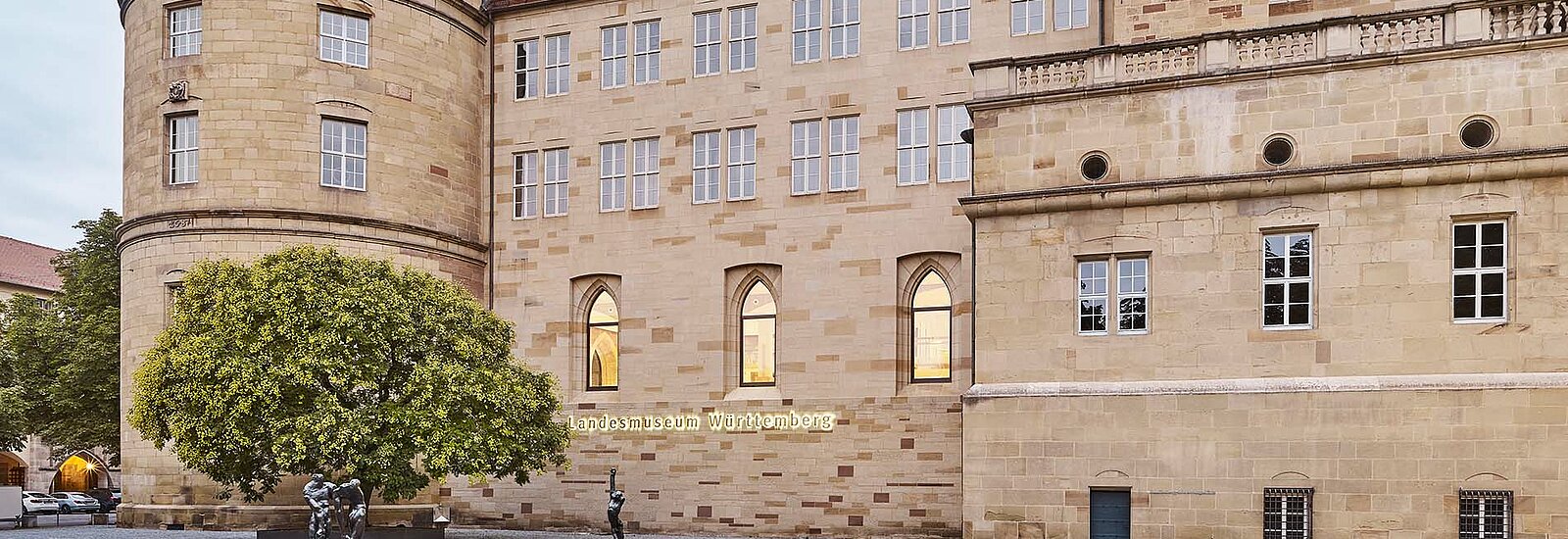
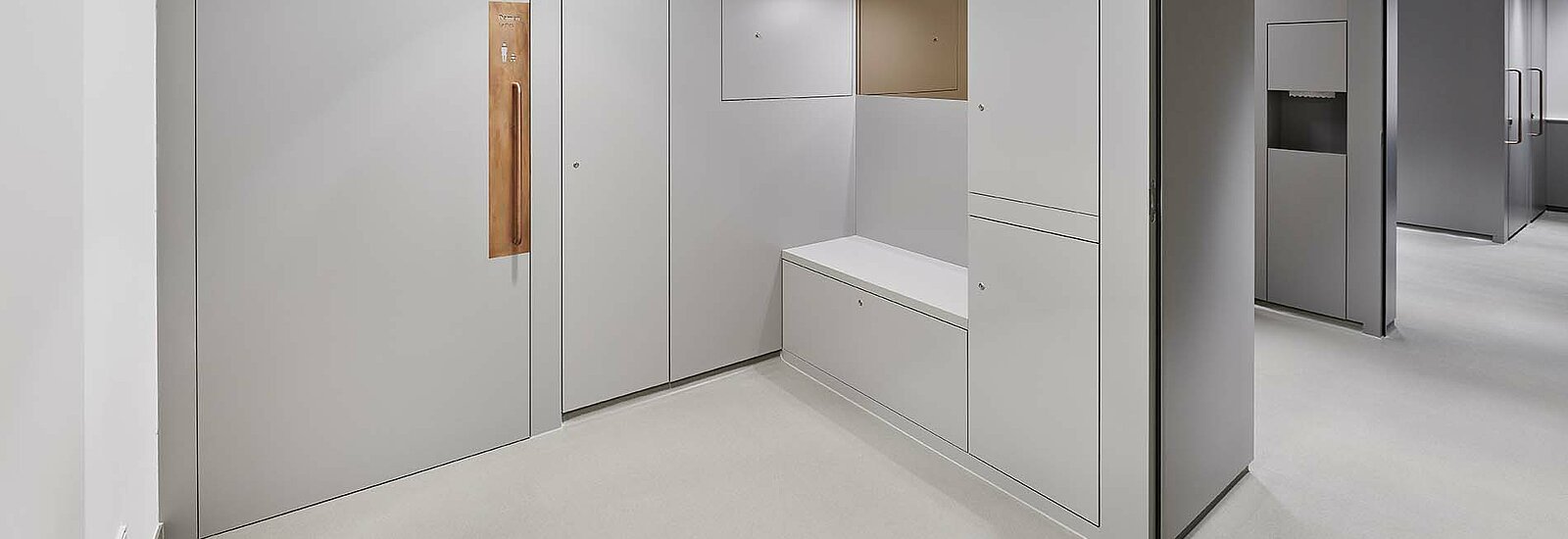
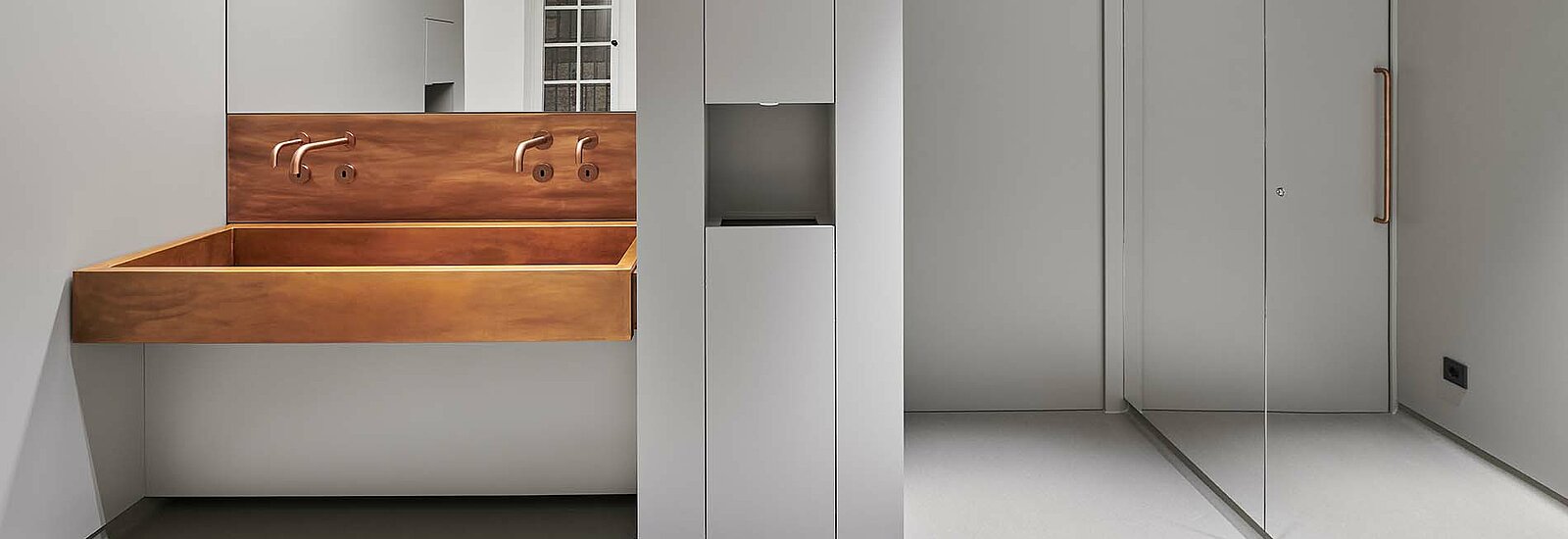
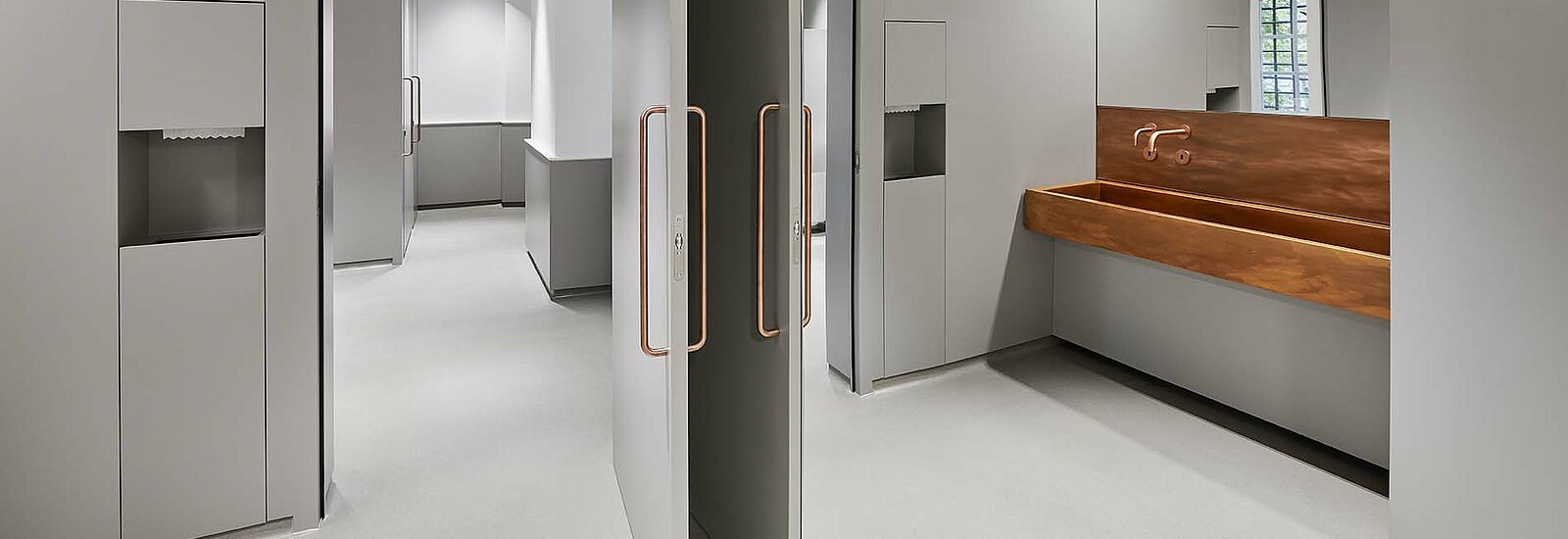
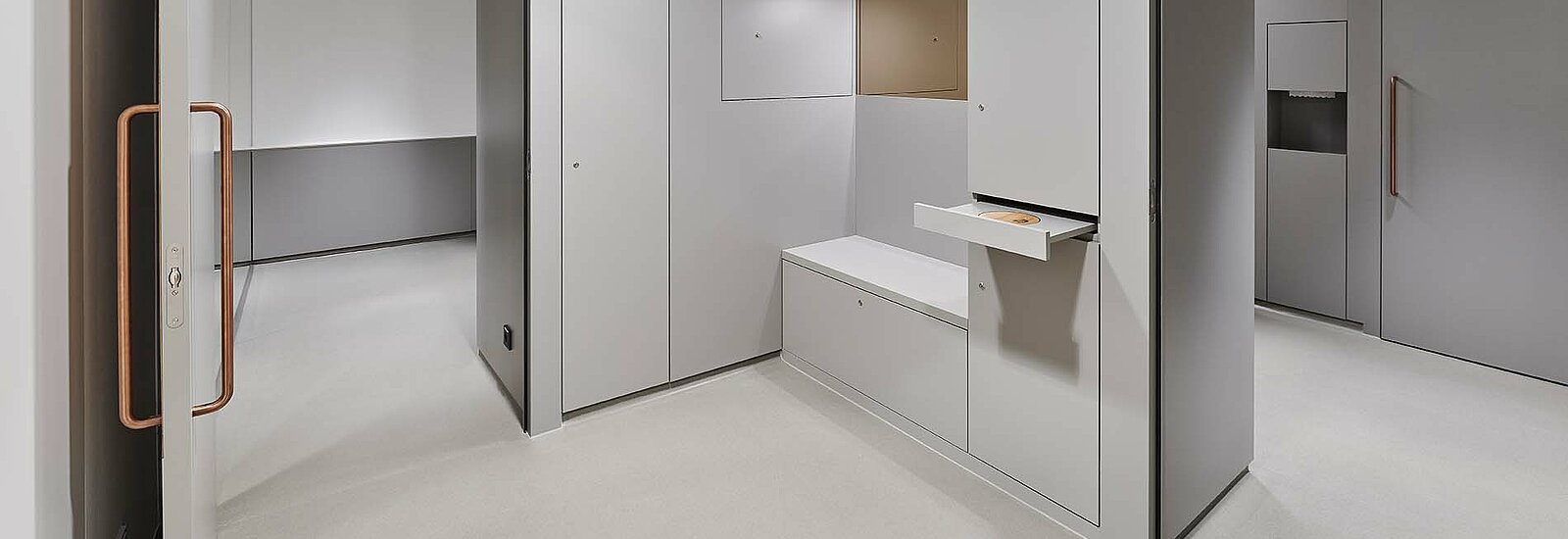
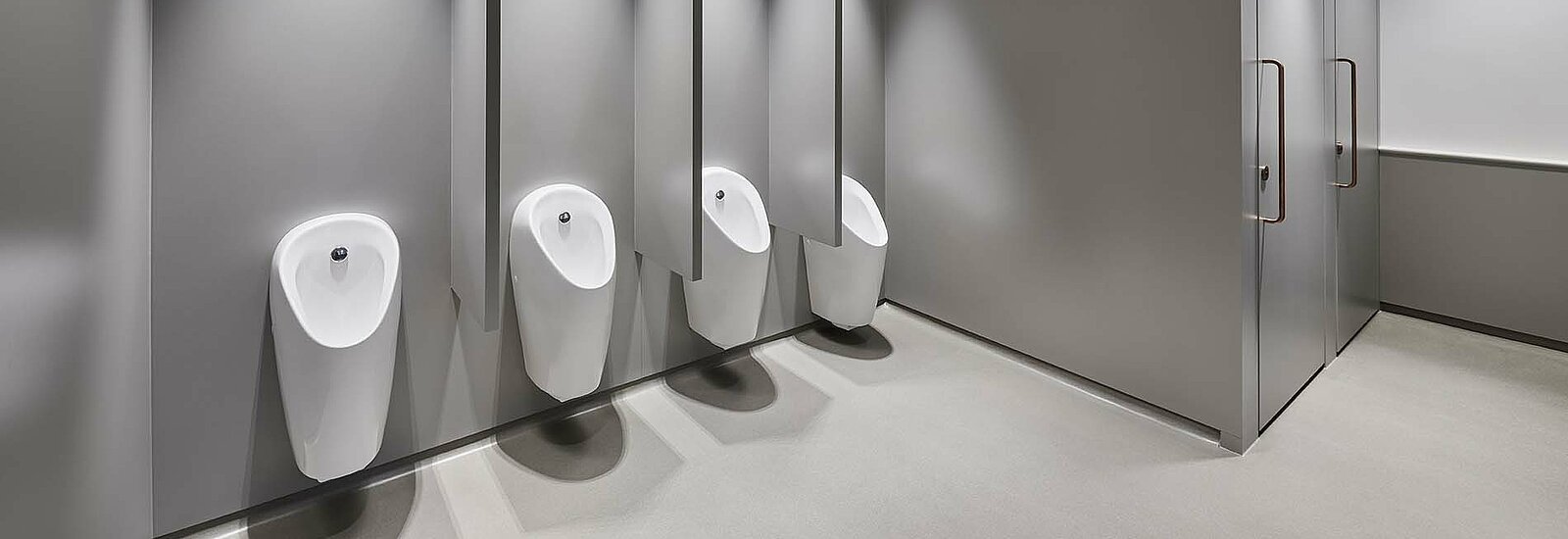
The Old Castle State Museum, Stuttgart, Museums-Terrazzo in grey
| product category | BARIT Designer Floors |
| floortype | MUSEUMS-TERRAZZO |
| area size (m²) | 66 m² |
| architect | Vermögen und Bau Baden-Württemberg |
| client | Vermögen und Bau Baden-Württemberg |
| build year | 2021 |
floor description:
For large events with up to 600 people, a seamless floor covering should meet the hygienic requirements. In order to avoid joints and to simplify cleaning and disinfection, the client Vermögen und Bau, Baden-Württemberg, selected a concrete-grey MASTERRAZZO, which blends harmoniously into the overall structure of the different toilet facilities.
The 8 mm thick synthetic resin-bonded terrazzo was installed with an anti-slip rating of R 10 in order to provide slip resistance for the many visitors, even in wet and damp conditions.
project description:
The Dürnitzbau was built in 1325. The word Dürnitz refers to a large, heated dining and common room. Today, the Dürnitzhalle presents itself far more exclusively. There is now a lounge area with a meeting point and the café also has an outdoor area in the inner courtyard of the castle. Today, the Dürnitzhalle stands for sophisticated events and functions for up to 600 people.
Bright lounge seating areas, bleached wood veneer for the cloakroom, information desk, ticket office, museum shop and wall panelling define the building. The entrance area of the Württemberg State Museum in the Old Palace in Stuttgart has been thoroughly modernised. The design and choice of materials is the result of a long process, according to Vermögen und Bau Baden-Württemberg. The Stuttgart office responsible had taken on the planning and conception for the conversion on its own.


